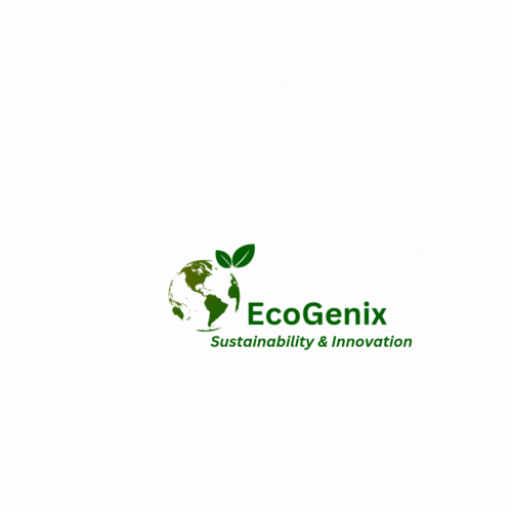Introduction:
Sustainable Development Goal 4 (SDG 4) aims to ensure inclusive and equitable quality education for all individuals worldwide. Recognizing education’s transformative power, SDG 4 seeks to provide opportunities for lifelong learning, knowledge acquisition, and skill development. This article explores how SDG 4 can be achieved, its integration with other Sustainable Development Goals (SDGs), the target audience, geographical focus, current progress, and global examples of successful initiatives.
Achieving SDG 4:
Inclusive and Equitable Access:
To achieve SDG 4, it is crucial to ensure inclusive and equitable access to quality education for all. This involves removing barriers such as poverty, gender inequality, disability, and geographical remoteness. Governments, NGOs, and international organizations need to collaborate to provide educational opportunities to marginalized groups, including girls, children with disabilities, and those living in conflict-affected regions.
Quality Education:
SDG 4 emphasizes the importance of quality education, which encompasses relevant curricula, competent teachers, adequate resources, and safe learning environments. Governments should prioritize teacher training, curriculum development, and investment in educational infrastructure. Emphasis should also be placed on the use of technology for remote and distance learning, especially in areas with limited access to educational facilities.
Lifelong Learning and Skills Development:
Promoting lifelong learning is essential to equip individuals with the skills needed for the rapidly evolving job market. Education systems should focus on developing critical thinking, problem-solving, creativity, digital literacy, and entrepreneurial skills. Collaboration between educational institutions, industries, and governments can facilitate the integration of practical skills training into formal education.
Integration with other SDGs:
SDG 4 is closely intertwined with other SDGs, as education acts as a catalyst for achieving sustainable development across various sectors. Integration efforts include:
SDG 1: No Poverty: Quality education can break the cycle of poverty by equipping individuals with knowledge and skills for employment and economic empowerment.
SDG 3: Good Health and Well-being: Education plays a vital role in promoting health literacy, preventive healthcare, and healthy lifestyles, contributing to improved well-being and reducing healthcare costs.
SDG 5: Gender Equality: Quality education ensures equal access and opportunities for girls and women, empowering them to participate fully in social, economic, and political life.
SDG 8: Decent Work and Economic Growth: Education promotes economic growth by fostering a skilled workforce, entrepreneurship, and innovation, leading to sustainable development and reduced unemployment rates.
Target Audience and Geographical Focus:
The target audience for SDG 4 includes children, youth, and adults, irrespective of gender, ethnicity, socio-economic background, or geographical location. While the primary focus is on primary and secondary education, SDG 4 also encompasses early childhood education, tertiary education, technical and vocational training, and adult literacy programs.
Improvement and Current Progress:
Significant progress has been made towards achieving SDG 4 globally, but challenges persist. Efforts to improve education systems include policy reforms, increased investment in education, teacher training, curriculum development, and infrastructure development. Furthermore, technological advancements have enabled the expansion of distance and online learning, improving access to education in remote areas.
Global Examples of Successful Initiatives:
Finland: Renowned for its high-quality education system, Finland emphasizes equal opportunities, student-centered approaches, and highly trained teachers. The country’s focus on holistic development, critical thinking, and creativity has yielded remarkable educational outcomes.
Rwanda: After the 1994 genocide, Rwanda undertook significant education reforms to rebuild its education system. The country invested in teacher training, increased access to education and implemented competency-based curricula. Asa result, Rwanda has made substantial progress in achieving universal primary education and improving learning outcomes.
Brazil: The Bolsa Família Program in Brazil combines social protection measures with education incentives. It provides financial assistance to families, conditional on children attending school regularly. This initiative has increased school enrollment rates and reduced dropout rates among vulnerable populations.
Kenya: The Elimu Kwa Wote program in Kenya aims to provide free primary education for all children. This initiative has significantly increased enrollment rates and improved access to quality education in the country.
Global Partnership for Education (GPE): The GPE supports education in low-income countries by mobilizing resources, improving education governance, and strengthening education systems. Through its efforts, the GPE has contributed to increased access to quality education in many countries.
Conclusion:
SDG 4, Quality Education, is a critical component of sustainable development. Achieving this goal requires inclusive and equitable access to education, quality teaching, and skills development for all individuals. Integration with other SDGs amplifies the impact of education on poverty eradication, health, gender equality, and economic growth. While progress has been made, efforts must continue to improve education systems, invest in infrastructure, and leverage technology for greater accessibility. By prioritizing SDG 4, societies can unlock the full potential of individuals, fostering economic prosperity, social well-being, and sustainable development for generations to come.
ARTICLE BY: WAYNE TOTA
Food Security and Climate Change
waynetota9@gmail.com
0601133196239
Visit for more articles:
https://sites.google.com/view/foodsecure-sustain-agriclimate/home.

Leave a Reply